
- Share via
McKINLEYVILLE, Calif. — In Indian Country, everybody seems to know somebody who’s gone missing or been murdered. But one case hit particularly close to home for Greg O’Rourke.
As the police chief for the Yurok Tribe along California’s North Coast, O’Rourke is responsible for investigating the disappearance of Emmilee Risling, a 32-year-old mother of two who was last seen in mid-October 2021 in a densely forested area along the Klamath River, not far from the Oregon border.
O’Rourke, 49, knows Risling’s family well. She used to babysit his kids about 10 years ago, including his foster daughter, Charlene Juan. O’Rourke took Charlene in after her own mother disappeared.
Now, while he works on finding Risling, O’Rourke worries that Charlene could go missing, too.
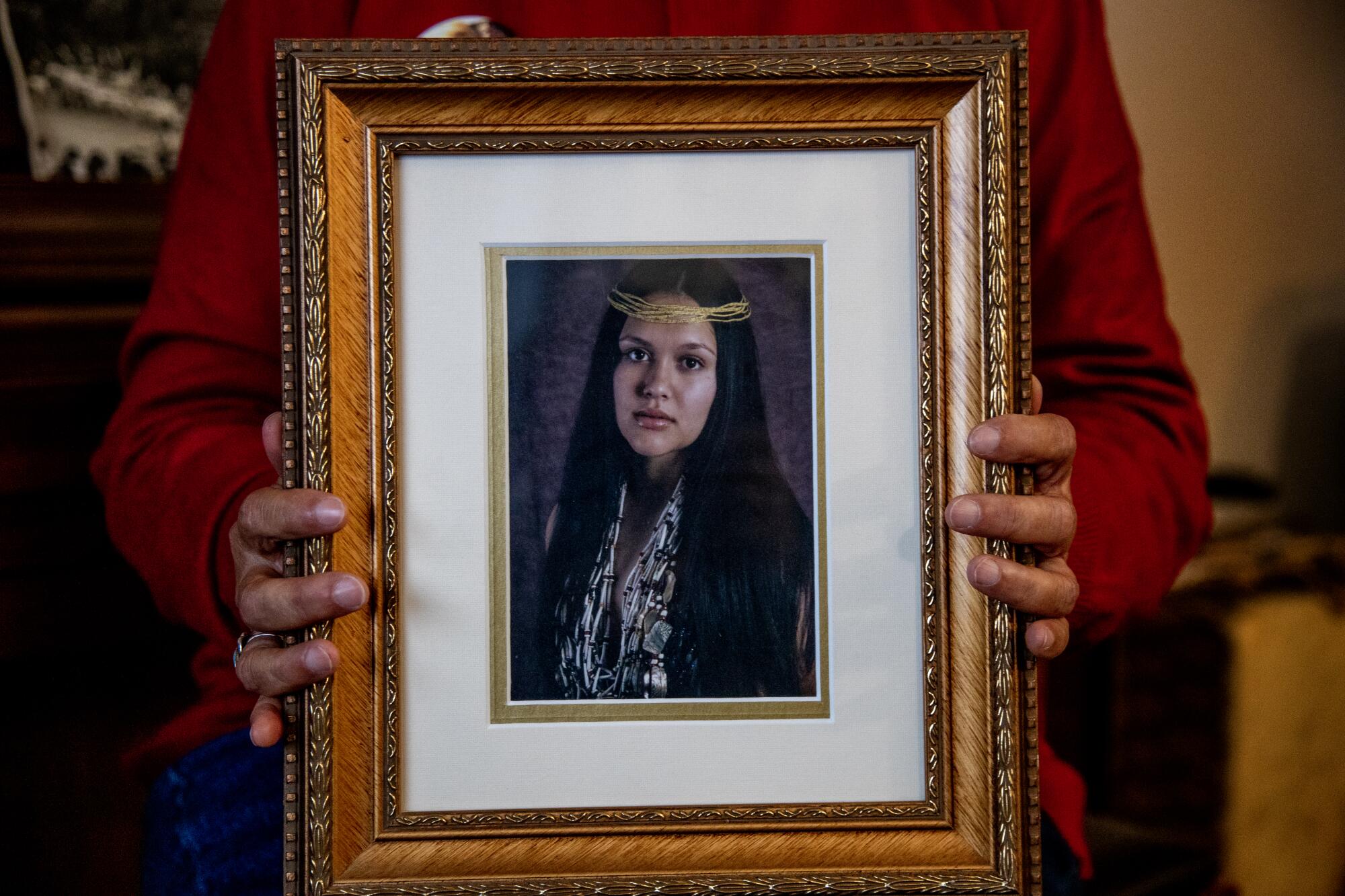
Like her former babysitter, Charlene has struggled with addiction, domestic violence and mental health. O’Rourke fears Charlene is following the same road map that guided Risling and dozens of other women into a missing-persons file, a decades-long problem in Indigenous communities that traces back to white settler colonialism, a broken foster care system and the forced assimilation of Native children in the state’s punitive boarding schools.
At first glance, in his navy pants and police vest, O’Rourke looks like the typical lawman. Affixed to his badge and adorned on his cap is the Yurok Tribe’s seal: a silver salmon leaping out of the water next to a canoe on the Klamath River, the life force for the tribe; red detailing represents the strength of survival for its members.
O’Rourke has cropped hair, a graying goatee and expressive eyes that crinkle with his toothy smile. But when he talks about Risling or Charlene, his eyebrows furrow and his tone turns serious.
“The system is what, in my opinion, is allowing this to happen, and even encourages it,” he said.
::
To seize the land, colonizers first had to subdue the women.
Rape and sexual violence were used by colonial settlers as an “explicit tool of conquest,” according to a 2020 report — the first of three — by the Yurok Tribe in collaboration with the nonprofit Sovereign Bodies Institute.
“Because we are the life-givers, they had to conquer our bodies first to conquer the rest of it,” said Blythe George, an assistant professor of sociology at UC Merced who co-wrote the reports.
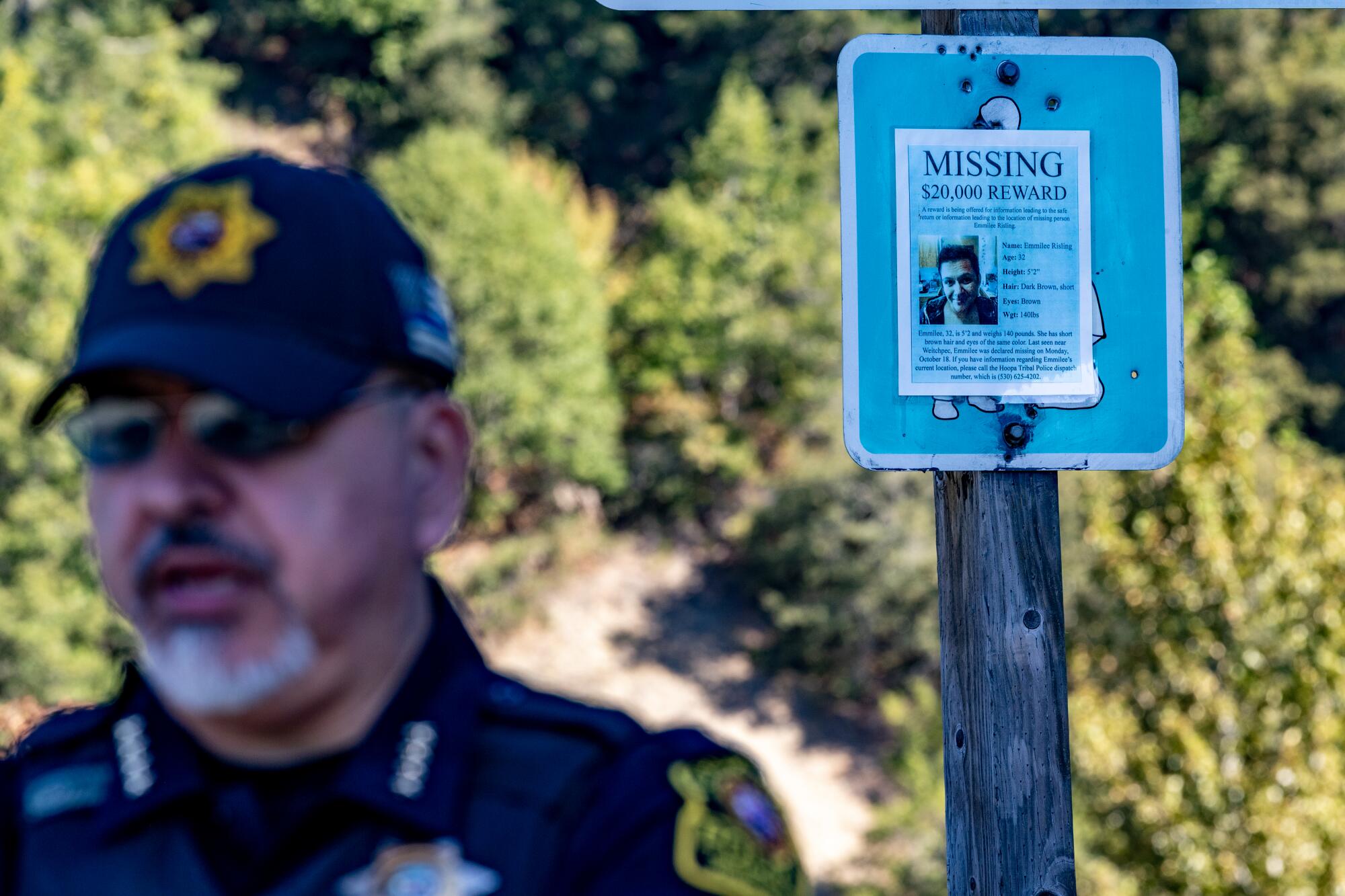
Then, the invaders came for the children.
In 1850, months before California entered the union as a “free state,” the first Legislature passed a law to legalize indentured servitude of Native children, which “evolved into a heartless policy of killing Indian parents and kidnapping and indenturing the victim’s children,” according to the state’s Native American Heritage Commission.
Until 1969, the U.S. government also helped run hundreds of boarding schools for Native children across the country, including 12 in California.
These schools used “militarized and identity-alteration methodologies” to assimilate the students, who were forcibly taken from their families and tribes, according to a 2022 report by the Department of the Interior. Physical, sexual and emotional abuse was “rampant.”
“We have trauma that has accumulated in our DNA across time, across generations,” George said.
Those who survived grew up to face disproportionate rates of chronic health issues and deep trauma that have manifested into generations of parental neglect and domestic violence, experts say. Alarming rates of substance use and mental health concerns led to unstable households and the removal of children into foster care.
“I think we’ve had an inordinate amount of people suffer the consequences of this issue, meaning they’ve lost family members, they’ve lost people they grew up with. And the terror of it pervades the existence of our families,” Yurok Chief Judge Abby Abinanti said. “Their anguish never quits.”
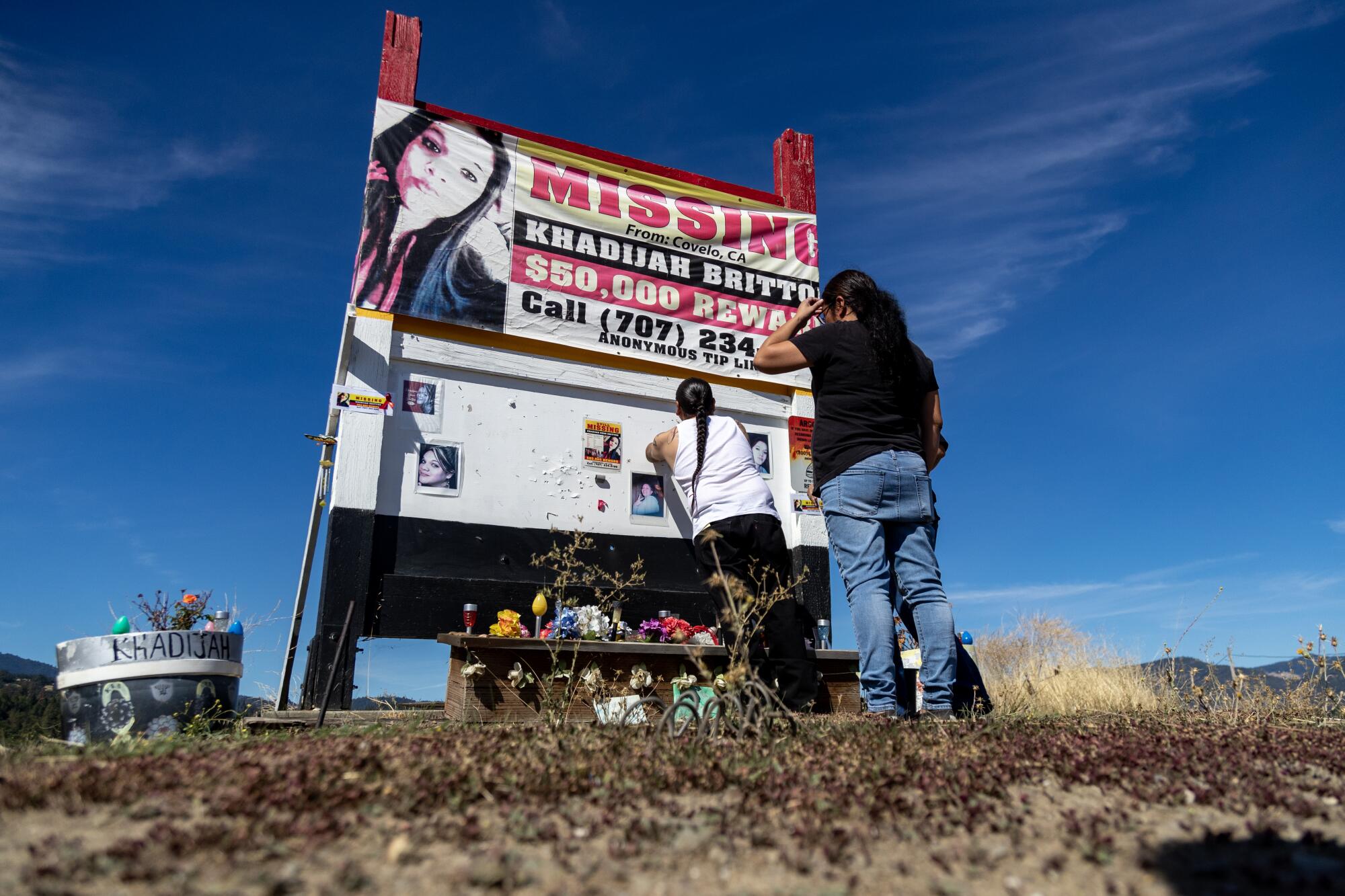
Incomplete data make it hard to pinpoint the number of Native people who’ve gone missing or been killed, but the Bureau of Indian Affairs estimates some 4,200 cases have gone unsolved across the country. Sovereign Bodies Institute recorded 183 cases of missing or slain Indigenous women and girls in California, according to a 2021 report, though that’s probably an undercount.
“The only way that the settler colonial system could be successful was for Indigenous women to be missing and murdered, and to take apart that particular population,” said Cutcha Risling Baldy, an associate professor of Native American studies at Cal Poly Humboldt.
The issue is more than academic for these scholars. George went to high school with Emmilee Risling. They were in the Native American Club together. Risling Baldy is Emmilee Risling’s cousin.
::
One of the last places Risling was seen was near the Pecwan Bridge at the end of State Route 169, a forested area on the Yurok reservation along the river’s stony path where locals anchor boats next to their salmon nets.
During a bus ride to school, the kid of one of O’Rourke’s officers saw a naked woman on the bridge. The officer figured it must have been Risling, as she had a reputation for walking around in the nude. He looked for her the next day down by the river, but never found her.
By Oct. 16, Risling’s family had grown worried. One of her cousins turned to a community Facebook page for help, writing: “If anyone has seen my lil cousin Emmilee Risling please let me know. She is NOT in her right mind.”
She was declared missing two days later.
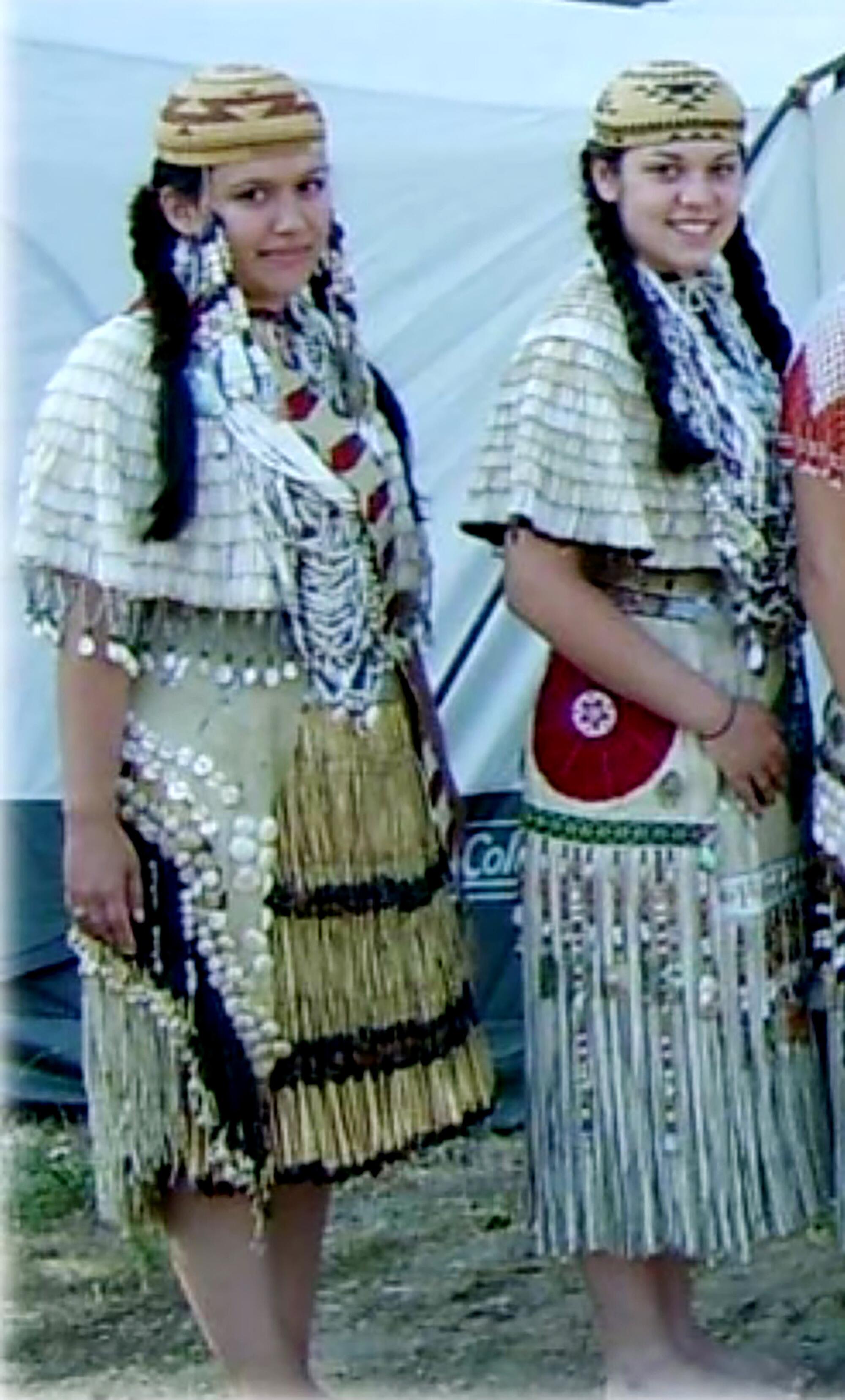
O’Rourke can’t recall exactly how he learned that Risling was gone, but he remembers clearly what happened next. He called his officers together and told them that he was worried this wouldn’t end well, and that they needed to carefully document everything they did during the investigation.
“We will be called to the carpet on this,” he remembers saying.
Searches turned up nothing, and a year later the only sign of Risling at Pecwan Bridge is a missing-person flier, plastered on a post. Above her picture, the flier promises a $20,000 reward for information on her whereabouts.
It was one of the last photos taken before Risling disappeared. In it, her hair is awkwardly cropped short and her face had thinned in the years since she graduated in 2014 from the University of Oregon with a degree in political science.
Her father, Gary Risling, snapped the picture after she’d taken pruning shears to her long chocolate brown locks.
“I was standing by the dining room and she walks in, and her hair just looks terrible. She’s cut it all off. I looked at her and I grabbed my phone and I started taking pictures,” he said.
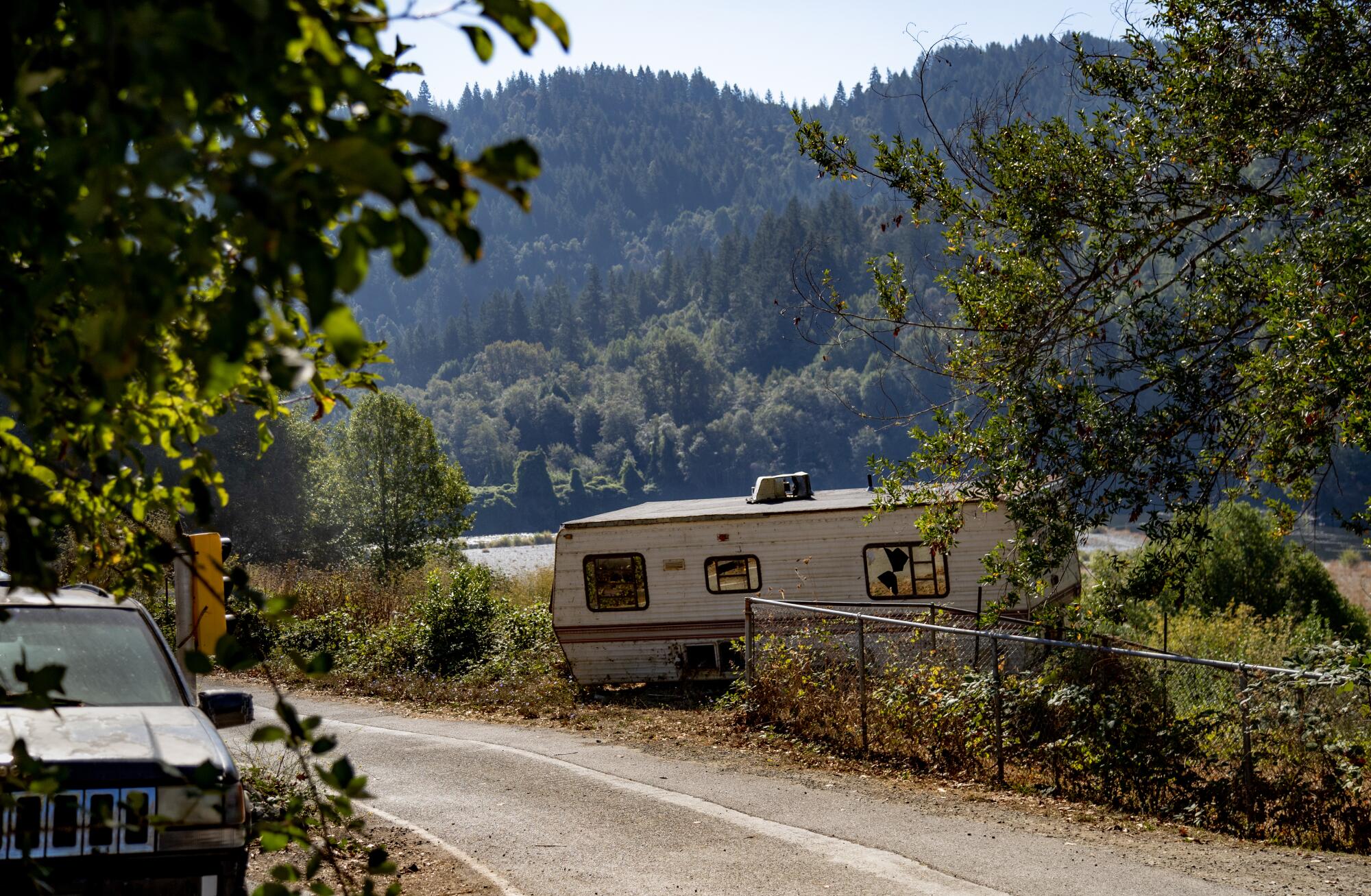
“When you go missing, I want to have something so I can show the police department,” he said he told her, as she turned to her left side, then her right, as if posing for a mugshot.
“It wasn’t more than a month or two after that, all of this happens,” he said.
Her mother, Judy Risling, hates the photo, even though she feels like it’s the best representation of what her daughter looked like when she disappeared.
But Judy wants the community to remember her daughter as she was before that picture was taken. When she was high school class president and received a $20,000 college scholarship, achievements that drew attention from the local and national press. When she’d sing and dance in traditional ceremonies in her buckskin dress decorated with shells and beads.
“She was really a mover and shaker,” Judy said.
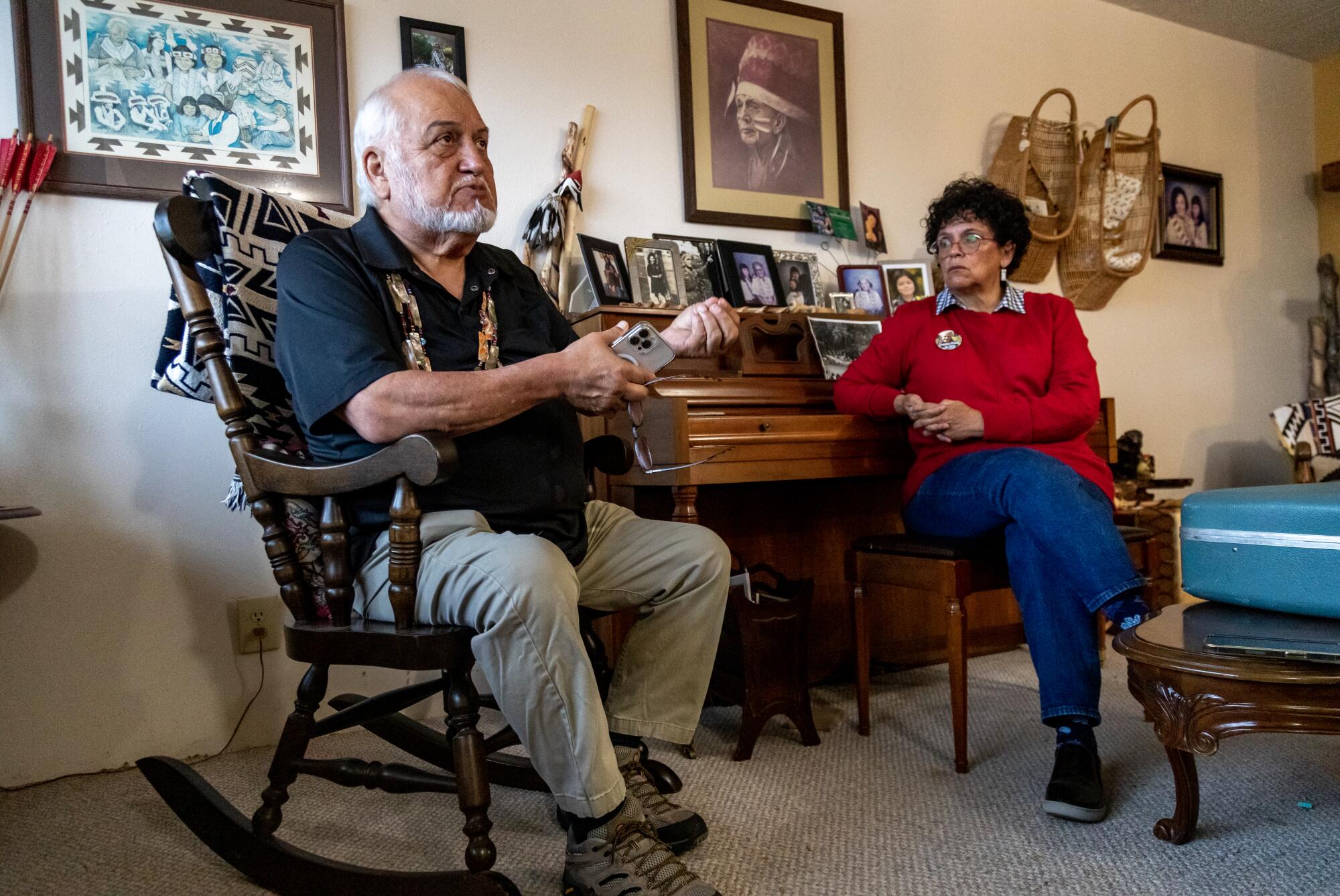
After college, Risling took a job near her hometown of McKinleyville as a welfare case worker. She helped Native women who’d suffered from domestic violence, incarceration and addiction navigate motherhood and get connected to resources.
“I think she had a lot of empathy for people,” Judy said. “It’s hard for me to even understand how Emmilee was so active, involved, happy — [a] loving, caring person, to how things ended for her.”
Risling’s downfall began around 2019.
She fell into an abusive relationship, her parents said, and started using methamphetamine. Her mom already was taking care of her young son when Risling became pregnant with her daughter. Risling suffered from postpartum psychosis, and her mental health worsened as she tumbled deeper into her addiction.
But every system that was designed to help didn’t, Risling’s parents said.
Their troubled daughter became known to law enforcement and the local community for walking around town naked, but “was never offered access to mental health services beyond cursory interventions at best,” a tribal report said. She was hospitalized but never treated. Her mom eventually took in her daughter too.
A moment of hope came weeks before Risling disappeared, when she was arrested on suspicion of starting a small fire in a cemetery on the Hoopa Valley reservation, where she was an enrolled member and spent much of her time.
Her family thought her arrest presented an opportunity for treatment. But the judge released her, pointing to Risling’s lack of a criminal record.
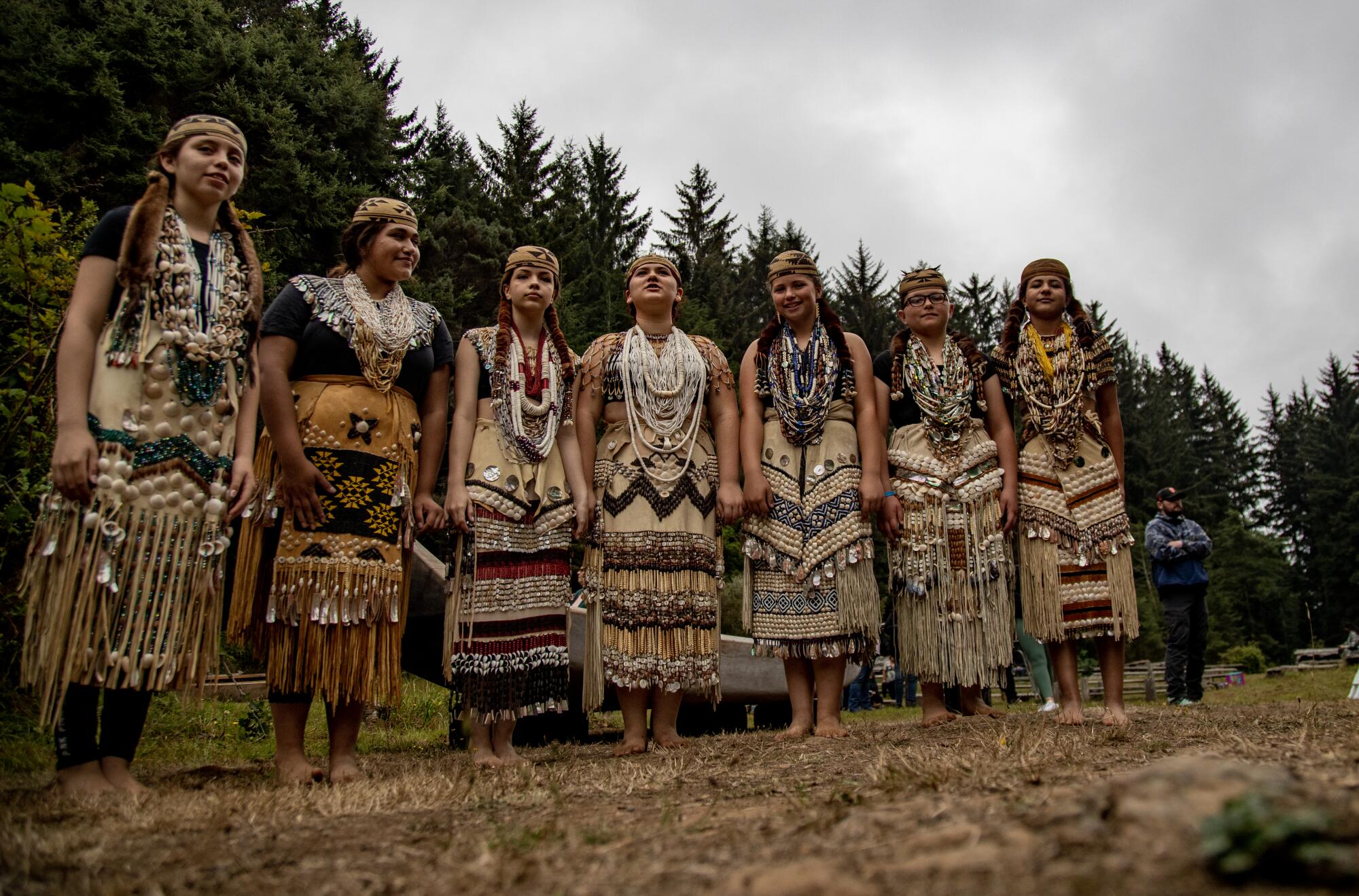
“Every system had failed her,” her mother said. “Whose responsibility is that?”
Now the family can only wonder about her fate. Did she drown in the river and was her body swept out to sea? Was she kidnapped? Killed?
Will she return one day?
“This whole thing has just been a living hell,” her father said.
::
Eleven years before Emmilee Risling was last seen, another Native woman disappeared: 32-year-old Sumi Juan, an artist known for her quilting and a mother of three daughters, including O’Rourke’s foster daughter, Charlene.
Many locals think she was killed. Because her case is still open, the Humboldt County Sheriff’s Office would not discuss specifics. It would only say that foul play hasn’t been substantiated, but it hasn’t been ruled out.
“She was just this really sweet person,” said Pamlyn Millsap, who worked with Juan when Millsap was a homeless coordinator in Humboldt County.

But she was also deeply sad, Millsap said, and during her battles with depression Juan wouldn’t speak for long stretches of time.
Juan’s eldest daughter, a teenager when her mom went missing, remembers seeing her mother’s face on a missing-person poster. “It just seemed so unreal,” said Aurelia Alatorre. “For as long as I can remember, that seems like something that only happens in the movies. I never thought that it would be that close to home.”
Alatorre is 27 now and a mother of two young sons. She lives in Weitchpec, a town not far from the Pecwan Bridge. She works as a teacher’s aide, but is looking for a job that will let her raise awareness on how many Native women go missing or are killed. It’s her way of moving forward.
It’s a different story for her youngest sister, Charlene.
She was 6 years old when her mother disappeared. At first she lived with relatives, but it was an uneasy relationship and human services asked O’Rourke, known for his community work, if he and his wife, a distant relative of Charlene’s, would serve as foster parents. They said yes.
The three-bedroom house where the O’Rourkes were raising their second daughter provided a “good, stable home,” O’Rourke said. Charlene had her own room and decorated the ceiling with glow-in-the-dark stars.
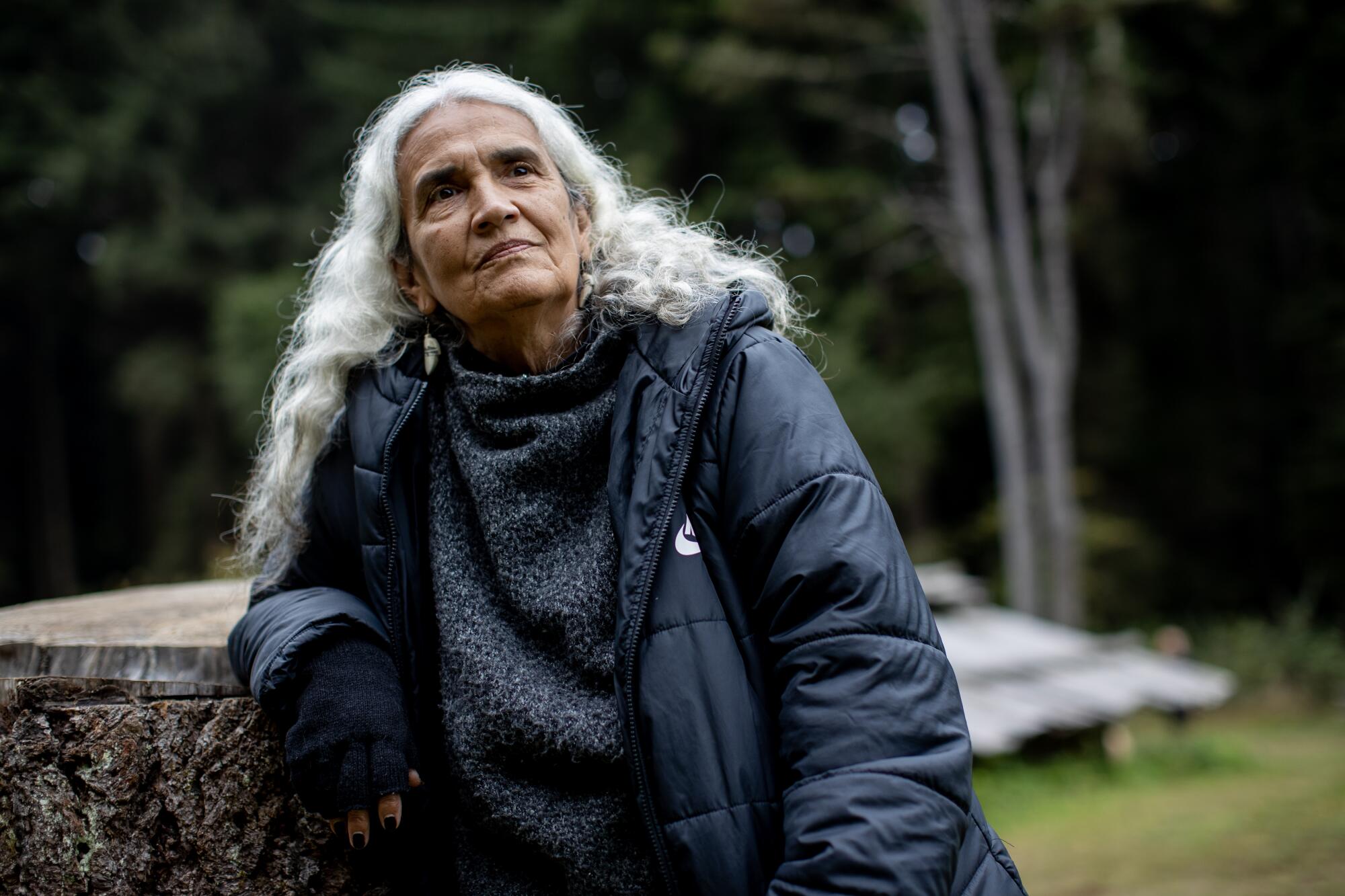
But then Charlene hit adolescence and began reading online about her mom’s suspicious disappearance. She couldn’t cope with the sadness and the mystery of it all.
She fell into a downward spiral that lasted years: drinking and smoking weed at age 12, using methamphetamine by 14, spending time with a boyfriend who was 33.
Drugs were a way to cope, Charlene said in an interview from a drug treatment center in Arizona.
“I’ve been running since I was little,” she said. “In a metaphorical sense, and actually running away.”
Charlene pingponged back and forth from California to Washington state, where she spent time with the O’Rourkes’ oldest daughter and later at a treatment center. She came back to Humboldt County and was clean for almost a year before she started using again. At age 17, she found out she was pregnant.
O’Rourke didn’t see much of Charlene during those years. He and his wife decided that she needed rehab and intensive treatment, and that they couldn’t take her back in without those interventions.
Charlene said she wanted to get sober and leave a violent relationship, but kicking her addiction was tough without a consistent home, or even a couch, to crash on. She sometimes slept in her baby’s father’s truck or in her car. Some months after she had her son, Charlene asked family friends to take him in, figuring that’s where he’d be safest.
Charlene doesn’t remember too much about her mom. But she knows that a lot of her problems stem from her disappearance.
“It’s been 12 years, and we don’t know anything,” she said. “I don’t want to have to accept the fact that we probably won’t know what happened to her. I feel like I’d be giving up on her if I do accept that.”
So she’s left wondering, “How does somebody just vanish like that?”
Like Judy Risling, O’Rourke blames an insufficient safety net system that fails to protect vulnerable women and girls. Public resources are limited here, where towering redwoods and fog-capped conifers cover slopes leading to the Pacific Ocean and an estimated 35% of Yurok tribal members live below the federal poverty line.
So when women fall through the frayed safety net, as Charlene’s mom and Emmilee Risling did, it leaves a trail of generational trauma.
“The system is not allowing us to actually take care of our children before something happens,” O’Rourke said.
::
In early February, O’Rourke had swapped his uniform for a suit and traveled to Sacramento for meetings with state lawmakers.
He was there to lobby for bills the Yurok and other tribes are pushing to increase public safety on their lands. The effort is part of a broader movement that California’s tribes have taken to the Capitol in recent years.
They’re getting help from Assemblymember James Ramos, a Highland Democrat who made history in 2018 as the first California Native American elected to the Legislature.
Ramos has focused on passing legislation addressing tribal issues and advocating for state funds to go toward solving the crisis of the missing and slain.
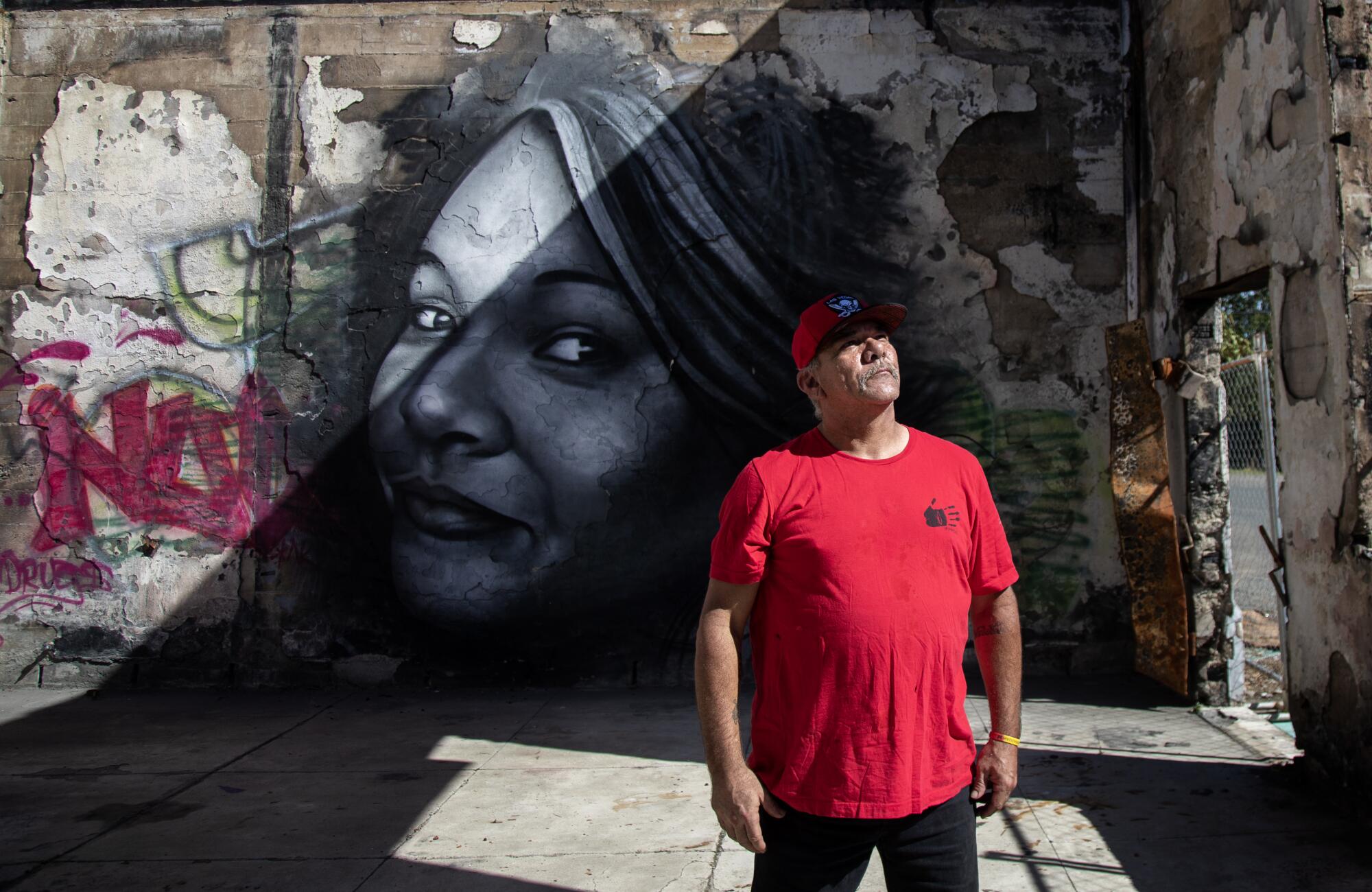
His work this year includes legislation to grant tribal police and courts access to the California Law Enforcement Telecommunications System, which tracks restraining orders. Tribal leaders say it would be one of the most effective tools to protect domestic violence victims. Another bill would strengthen procedures for when kids in foster care go missing.
“These issues aren’t new. They’ve been happening in Indian Country for years, and generations,” Ramos said. “What’s new is that we have a Legislature that’s now open to start to examine the very roots of these causes.”
Meanwhile, the Yurok Tribe was recently selected as the pilot group for the U.S. Marshals Service Missing and Murdered Indigenous Persons Initiative, an effort to provide training and investigative support for the tribe, along with data analysis and public outreach.
The tribe also accomplished a longtime goal of hiring an investigator to work on missing-persons and homicide cases, new and cold. That means efforts could ramp up to find Risling and Juan and a list of other tribal members who’ve been lost.
Those names include Andrea White, last seen in 1991, and Virgil Bussell Jr., who disappeared in 2020. One of the most high-profile cold cases that tribal leaders hope to review is the disappearance of Khadijah Britton, a woman last seen in Covelo in 2018, according to her FBI profile, “while being forced into a car at gunpoint by her ex-boyfriend.”
Charlene remembers the last time she saw her old babysitter, not long before Risling disappeared.
“We were both doing really bad at that time. I was just thankful that I got to see her,” she said. “I told her that I was using, and she was like, ‘That’s OK.’ Even though it wasn’t OK, she didn’t make me feel like I was a bad person. She understood.
“I feel bad for her son and daughter,” she added. “Because that was me.”
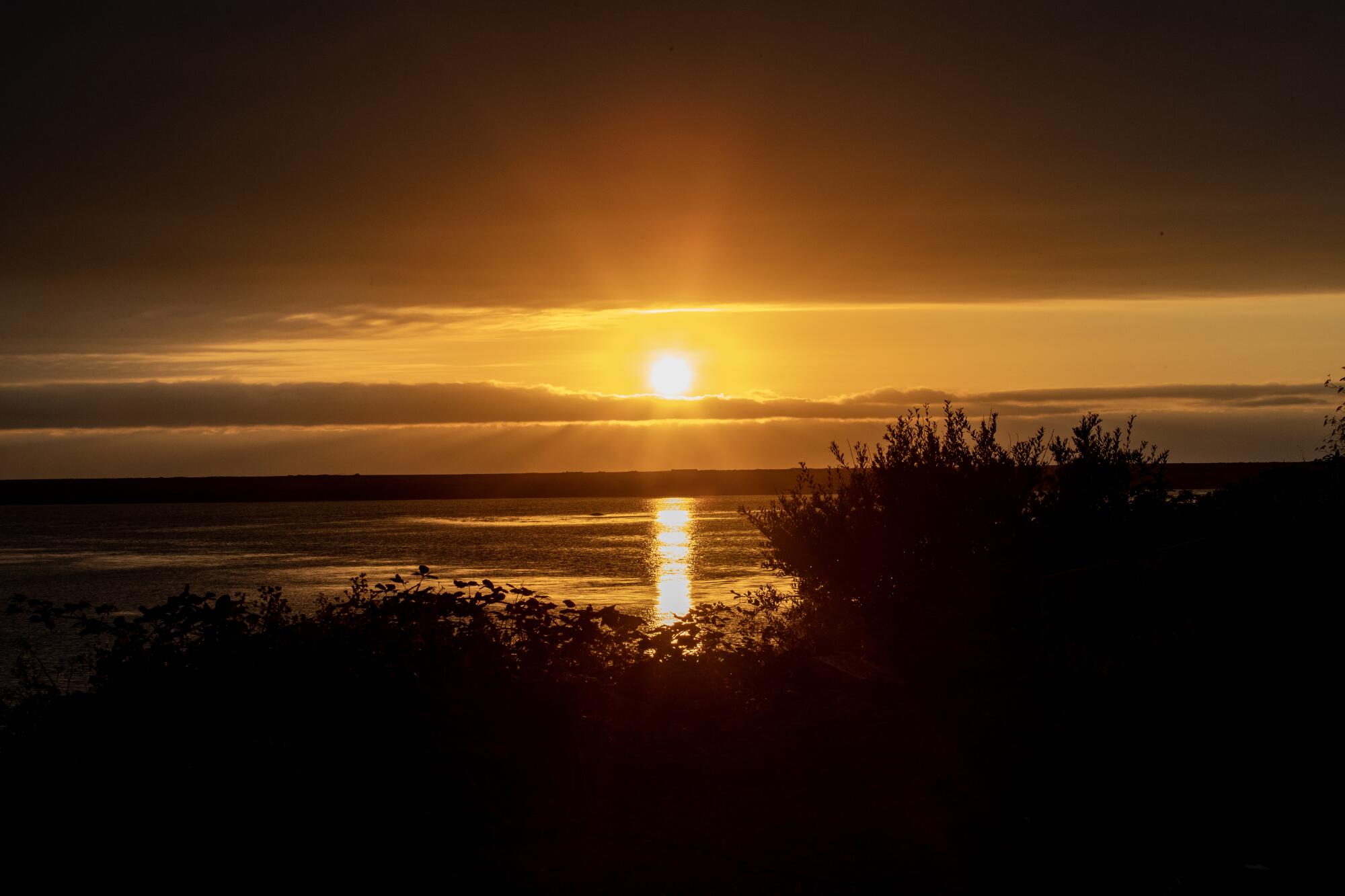
Charlene’s road toward recovery began last fall, when O’Rourke got a call that she had admitted herself into a mental health facility in Eureka. She met the criteria for a psychiatric hospitalization and was transferred to the nearest hospital with available beds, in Santa Rosa.
O’Rourke picked her up after she was released, and she moved back into his home for a bit, before she found a treatment center in Scottsdale, Ariz.
“I’m learning that I am worth it and that hard times don’t last,” she said, “like this too shall pass.”
She’s learning how to forgive herself, Charlene said, and “be a mother to my son” in a way her mom couldn’t be for her. He’s still living with family friends, and is happy, healthy and thriving. O’Rourke said the plan is to one day reunite mother and son.
“I know how it is growing up without my mom around. And I have so many questions about her and how she was,” she said. “Sometimes I’ll daydream about what life would be like if I had her.”
Charlene was scheduled to leave the treatment center around the time of her son’s first birthday in March. She hit a setback in late January, though, and moved to a new facility, where she’ll probably stay until April.
O’Rourke tries to talk to Charlene as much as possible. He tells her how proud he is of her progress and how much he loves her.
For her 19th birthday in January, he sent her a blue Yeti mug and a purple hoodie with “Humboldt” emblazoned across the front in white letters. She told him it made her feel more at home.
“I think she’s recognizing that she needs help,” he said. “And she’s willing to accept it, and she’s trying not to run.”
O’Rourke can’t make her mother, Sumi Juan, come back. He hasn’t found her babysitter, Emmilee Risling. But with Charlene he maintains hope.
More to Read
Sign up for Essential California
The most important California stories and recommendations in your inbox every morning.
You may occasionally receive promotional content from the Los Angeles Times.










